翻开11本书,读懂良渚文明
2019-07-26
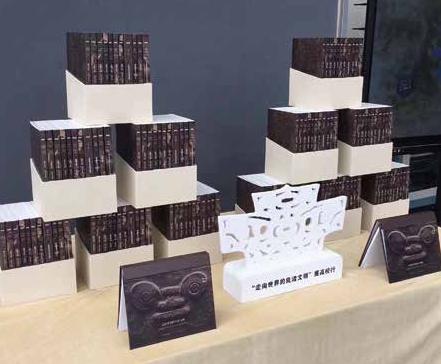
《良渚文明》叢书发布现场。
如何更深入地理解良渚文明,感受出中华文明多元一体的历史进程?由浙江大学出版社出版的《良渚文明》丛书做了全方位立体解密。
“良渚文明”丛书一套书共11册,是浙江省文物局“面向良渚古城遗址申遗的保护研究成果应用及转化”项目的最新研究成果,主要由浙江省文物考古研究所致力于良渚考古的中青年学者,围绕近年来杭州市余杭区良渚古城遗址的考古发现与研究,集体编纂而成,从不同的主题系统讲解了良渚文明的重要方面。
丛书包含——
《神王之国:良渚古城遗址》《土筑金字塔:良渚反山王陵》《法器与王权:良渚文化玉器》《内敛与华丽:良渚陶器》《工程与工具:良渚石记》《图画与符号:良渚原始文字》《物华天宝:良渚古环境与动植物》《良渚时代的中国与世界》《良渚遗址考古八十年》《何以良渚》《一小铲和五千年:考古记者眼中的良渚》。
这套书,用今年很流行的一个词来说,就是“绝对硬核”!我们不妨先读一读浙江省文物考古研究所所长刘斌所著的《法器与王权:良渚文化玉器》——
“由于乾隆皇帝喜好古物,所以清宫中收藏了大量的古玉,其中有良渚文化的玉琮、玉璜、三叉形器等玉器。乾隆皇帝还常常为新获得的玉器赋诗作文。从其诗文的内容看,玉琮当时被认作是古代扛夫抬举辇车或乐鼓所用的‘杠头装饰。乾隆皇帝的收藏反映了近代良渚玉器的出土情况。”
从皇帝的癖好开始,刘斌切入良渚玉器的出土与传世,细数自殷商时期至上世纪30年代,几千年间良渚玉器的本来面目与意义的隐与显。
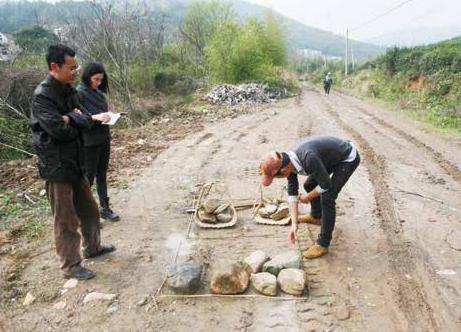
《一小铲和五千年》作者马黎(左二)在良渚采访。
浙江大学出版社社长鲁东明介绍说,丛书汇集了浙江省文物考古研究所的考古工作者们扎根良渚三十多年的努力,以及良渚遗址八十多年考古历程中的重要发现,其中包含了考古工作者们的宝贵经验和大量的挖掘现场图片。
【书单】

《良渚文明》丛书。
《神王之国:良渚古城遗址》
朱雪菲 著
本书以考古事实为依据,从考古一线工作者及专家的视角为读者导览良渚古城遗址的全貌,并简要介绍良渚早期的大型水利工程、良渚古城的等级制度、良渚古城的建设规划等,为大众揭开良渚古城遗址的神秘面纱,还原出一个真实的良渚古城。
《土筑金字塔:良渚反山王陵》
方向明 著
本书以图解的形式详细解读反山王陵——已知良渚文化遗址出土玉器数量最多、品种最丰富、雕琢最精美的一处高等级墓地。
《法器与王权:良渚文化玉器》
刘斌 著
通过本书的解读,读者能清晰地了解到各种良渚玉器之间造型上的联系与功能上的关系,从纯欣赏的角度领略玉器的美感,逐渐过渡为对良渚人精神世界的理解。
本书最后还在更大的范围里,介绍良渚文明之后,良渚玉器的流传与继承以及古今用玉制度的发展演变,从考古学的视角,以良渚玉器为切入点,展现中华文明多元一体的历史进程。
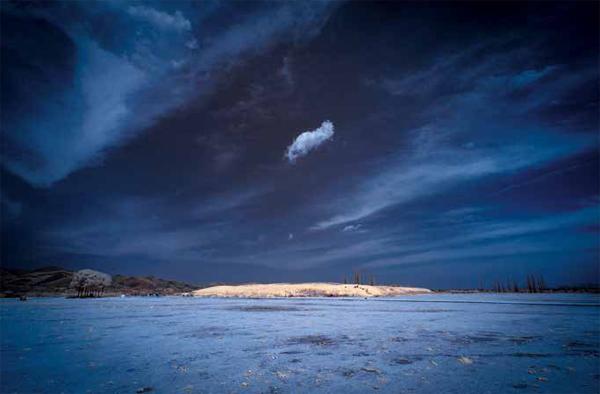
良渚古城遗址公园夜景。
《内敛与华丽:良渚陶器》
赵晔 著
本书以陶器为视角,讲述了良渚陶器的各种特质,阐释了良渚陶器的考古价值、历史价值和艺术价值。
《工程与工具:良渚石记》
姬翔 王宁远 董传万 罗以达 著
本书主要以图片的形式,讲述良渚古城城墙的发现、研究历程,以及良渚遗址群石器等相关研究的一些成果和进展。
《图画与符号:良渚原始文字》
夏勇 朱雪菲 著
由于考古发现的偶然性,很多“刻画符号”出现在破碎的陶片上,导致许多符号信息的缺失。
此类刻符的主体图案,也有表意功能,其图案较之具象的图画式图案,有更强的系统性和规范性。本书介绍的这些现有的良渚文化刻画符号中,存在着解读良渚世界精神密码的钥匙。

公园内的瑶山祭坛遗址。
《物华天宝:良渚古环境与动植物》
姬翔 宋姝 武欣 著
本书从良渚文化出发,以图说的方式分三部分分别介绍良渚文化遗址的环境、动物和植物,勾勒出在环境背景下良渚先民的动植物利用图景及良渚社会的兴衰变革。
《良渚时代的中国与世界》
陈明辉 著
旨在介绍良渚所在的时间段前后世界和中国范围内的古代文明和早期国家的发展状况。
《良渚遺址考古八十年》
朱叶菲 著
本书以良渚考古队队员的视角与各位读者分享良渚遗址考古八十年背后的平凡与不凡。
《何以良渚》
王宁远 著
本书试图厘清良渚文化出现的背景,并在此基础上对良渚基层聚落、中等聚落和良渚古城的形态、结构及其背后的社会组织结构,以及意识形态中以玉器为载体反映的信仰和权力机制进行分析,尝试去掉枝蔓,沿最清晰的逻辑主干叙述良渚社会的面貌和结构框架。
《一小铲和五千年:考古记者眼中的良渚》
马黎 著
作者从2012年开始,贴身报道良渚考古发现,记录良渚文化。本书全程记录了良渚考古一点一滴的变化,考古历史的变迁,考古人的心路历程,思想碰撞的火花等,对考古人物也有深入的访谈。
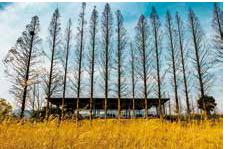
公园内的反山遗址。
Books Celebrate Glory of Liangzhu
A number of books have been published since the Liangzhu Archaeological Site was inscribed onto the UNESCOs World Heritage List on July 6, 2019 Beijing Time. The new books are designed to deepen understanding of the ancient Liangzhu civilization and present a new look at the diversity and unity of Chinese civilization.
Hardcore Archaeological Books by Zhejiang University Press
One day after the Liangzhu Archaeological Sites inscription, Zhejiang University Press released Liangzhu Civilization, a series of 11 books, onto the market. The books were essentially written by middle-aged and young scholars who have been conducting in-depth studies on the Liangzhu Culture sponsored by Zhejiang Cultural Heritage Administration. The books present two groups of knowledge: what have been found at the archaeological sites and what the archaeological finds signify in terms of archaeology and history and culture.
The hardcore science series covers the achievements made by archaeologists of Zhejiang Institute of Cultural Relics and Archaeology in the past four decades, enumerates the key archaeological discoveries in Liangzhu over the past eight decades, and presents a large quantity of historical photos featuring field studies and excavation projects.
Ritual Artifacts and Royal Power: Cultural Jade of Liangzhu written by Director Liu Bin of Zhejiang Institute of Cultural Relics and Archaeology is included in the series. Jade artifacts had been unearthed in China long before archaeologists traced them all back to Liangzhu where a wealth of jade objects in tombs has been unearthed. Jade is a signature object of the Liangzhu Culture. Emperor Qianlong of the Qing Dynasty (1644-19111) had a special passion for jade pieces. He wrote poems and essays in praise of jade pieces in his collection. Judging from the texts he wrote, Jade Cong was among his collection. In the book, Liu traces the ups and downs of jade Cong from Liangzhu in thousands years in Chinese history up to the 1930s when Shi Xingeng discovered the first batch of objects of the Liangzhu Culture that has led to the discovery of ancient Liangzhu City.
Liangzhu Kingdom: Five Thousand Years
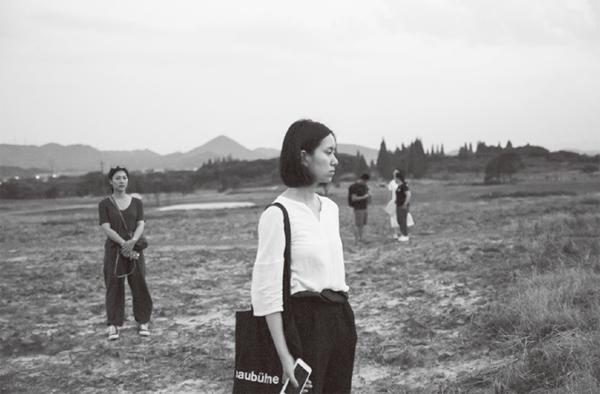
《一小铲和五千年》作者马黎(中)在莫角山上。
Zhejiang Childrens Book Publishing House has just put a picture book titled Liangzhu Kingdom: Five Thousand Years on the market. The book, designed to tell the story of Liangzhu to children, is the first of its kind about Liangzhu in China. Written by Liu Bin and his colleagues, the book presents three major archaeological discoveries of Liangzhu: the worlds most ancient large-scale flood-control dam system, the city site of the Neolithic Age in China, and the jade age with typical Chinese characteristics. The book adds a sense of humor to the hard-core science.
“Our understanding of Liangzhu Culture is more than objects unearthed from tombs which reflect a primitive society. Today, we can discuss the ancient Liangzhu in many aspects: animals, plants, minerals, environment, pottery, jade and stone wares, lacquer and other wood pieces, agriculture and handicraft industry. We can draw a whole picture of the world five thousand years ago,” remarks Liu Bin. The book is his effort to tell children about archaeology.
For Zeng Qiqi, dean of Cartoon and Animation Department of Zhejiang University of Science & Technology, to present a pictorial history of Liangzhu 5,000 years ago is a serious task. The task does not allow too many entertaining touches. However, the book aims at children. She integrated traditional techniques as seen in murals in Dunhuang, images on bricks of the Han Dynasty, and other ancient ornamental patterns in her drawings of the picture book.
Research Fellow: Line Drawing of Unearthed Jade Artifacts
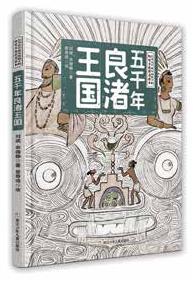
《五千年良渚王國》。
Fang Xiangming is the best artist among archaeologists of Zhejiang Institute of Cultural Relics and Archaeology. Engaged in archaeological projects and studies for 30 years, he has explored all the Neolithic sites across Zhejiang. As an artist, he has created a large quantity of line-drawings featuring the jade artifacts of Liangzhu. He published Line-Drawings of Liangzhu Jade Artifacts in 2018. The book received raving reviews among critics and readers. A new edition of the book has just been released onto market.
The book systematically illustrates and deconstructs jade artifacts and patterns on jade. Among the drawings are the King of Cong, the Scepter that symbolizes power and faith, ornamentals for head and neck, daily goods. Fangs fine drawings allow the reader to peep into the jade culture of Liangzhu.
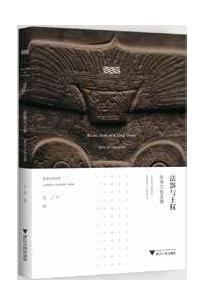
《法器与王权》。
The discovery and interpretation of the jade artifacts unearthed in Liangzhu archaeological projects over the past 80 some years are the most important means to understand Liangzhu.
“Thanks to the large quantity of jade pieces we have unearthed, we are able to reach conclusions about the Liangzhu society and the civilization it presents. The jade artifacts are the main content and most eye-catching relics of the Liangzhu Culture. They allow us to take a close look at the civilization. Moreover, the jade manufacturing, the raw material and finished products, the shapes of these designs, and artistic and philosophical thought embodied in these jades give us a window to study the civilization which stayed buried for thousands of years,” remarks Fang.
The new edition comes out in larger format so that readers can see more in these line drawings. The new edition also adds three chapters which were not in the first edition. Respectively, the new chapters discuss the classroom study and practice of line drawing in archaeology, how the teaching of archaeological drawings is conducted in foreign schools, and the artistic features in archaeological drawings.
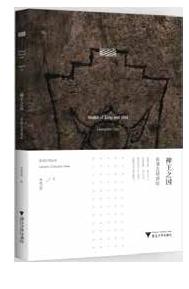
《神王之國:良渚古城遗址》。
Liangzhu Kingdom
This photo book features a large quantity of pictures that highlight the archaeological results of the Liangzhu Culture. It provides a perspective on Liangzhu Civilization that flourished five thousand year ago in the context of global civilizations. The book features the characteristics of the Liangzhu Civilization and explains how it took shape in history. The book allows the reader to peep into the rise and fall of the Liangzhu City.
Shi Xingeng: Discoverer of Liangzhu Culture
The biography tells the story of Shi Xingeng, a young scholar who worked for the West Lake Museum and in 1936 first explored the Liangzhu Culture. A native of Liangzhu, Shi played a decisive role in archaeological discoveries which have eventually led to the international recognition of the five millennia of the Chinese civilization and the to the Liangzhu Archaeological Sites inclusion onto UNESCOs World Heritage List.
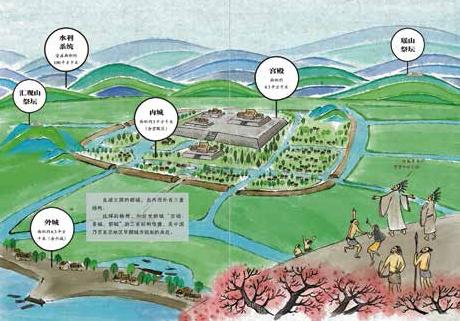
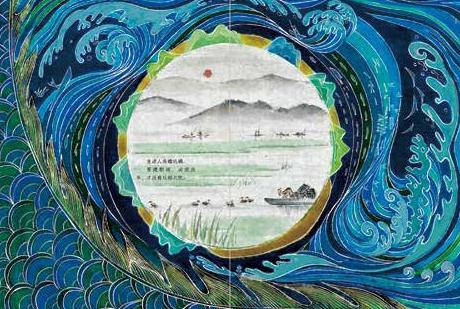
《五千年良渚王国》内页插图。
